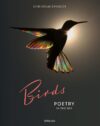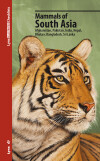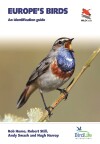New Book: American Birding Association Field Guide to the Birds of New Jersey
April 26, 2014 | Comments (0)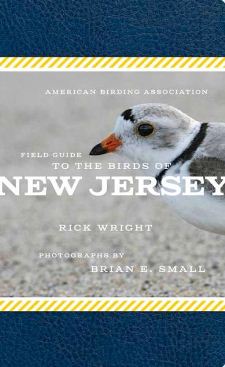 American Birding Association Field Guide to the Birds of New Jersey
American Birding Association Field Guide to the Birds of New Jersey
by Rick Wright (Author) and Brian E. Small (Photographer)
From Scott & Nix, Inc.:
From High Point State Park to Cape May Point, New Jersey is home to an amazing diversity of bird species. More than 375 types of birds nest in the dozens of state parks, forests, and natural areas created by local, state, and national authorities, including the centimeters-long ruby-throated hummingbird and large raptors such as the bald eagle. This guide to the Garden State’s birds features 235 bird species in their natural habitats, presented in stunning color photographs complemented by detailed information on their habitats, birdsongs, and tips on when and where to see them. The birds are organized by species for quick reference, and the book includes a complete state bird guide and a directory of birding destinations. This is an excellent resource for birdwatchers and nature enthusiasts who want to learn more about New Jersey’s natural history and the diversity of its birds.
- 565 beautiful color photographs featuring 255 bird species in natural habitats
- Clear and concise introduction, identification, habitat, and birdsong text
- Tips on when and where to see species
- Organized by type of bird from waterfowl to finches
- Table of excursions and birdwatching throughout the seasons
- Complete state bird checklist, detailed state map, index, and quick index
Intended for beginning and intermediate birders, this would be a great field guide for anyone in New Jersey just getting interested, or yet to be interested, in birds.
American Birding Association Field Guide to the Birds of New Jersey
by Rick Wright (Author) and Brian E. Small (Photographer)
Flexibound with jacket; 370 pages
Scott & Nix, Inc.; April 21, 2014
ISBN: 978-1935622420
$24.95


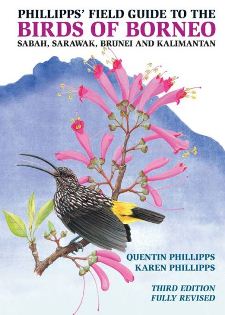 Phillipps’ Field Guide to the Birds of Borneo: Sabah, Sarawak, Brunei, and Kalimantan
Phillipps’ Field Guide to the Birds of Borneo: Sabah, Sarawak, Brunei, and Kalimantan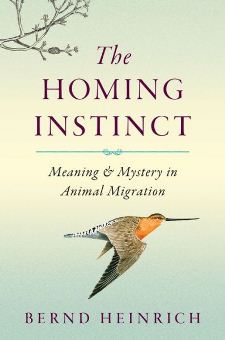 The Homing Instinct: Meaning and Mystery in Animal Migration
The Homing Instinct: Meaning and Mystery in Animal Migration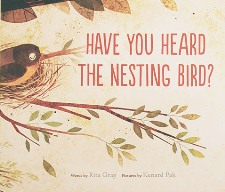 Have You Heard the Nesting Bird?
Have You Heard the Nesting Bird?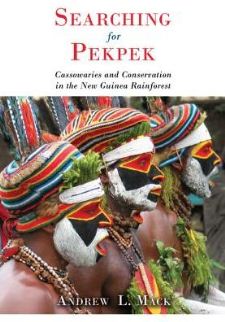 Searching for Pekpek: Cassowaries and Conservation in the New Guinea Rainforest
Searching for Pekpek: Cassowaries and Conservation in the New Guinea Rainforest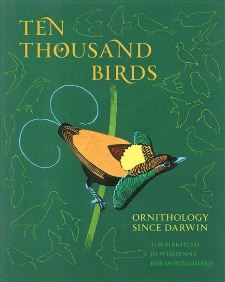 Ten Thousand Birds: Ornithology since Darwin
Ten Thousand Birds: Ornithology since Darwin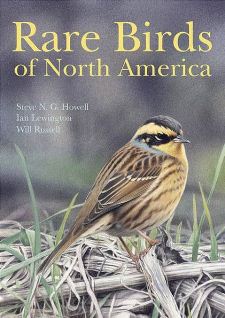 Rare Birds of North America
Rare Birds of North America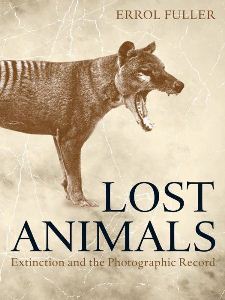 Lost Animals: Extinction and the Photographic Record
Lost Animals: Extinction and the Photographic Record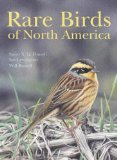 Rare Birds of North America
Rare Birds of North America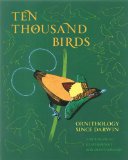 Ten Thousand Birds: Ornithology since Darwin
Ten Thousand Birds: Ornithology since Darwin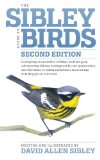 The Sibley Guide to the Birds of North America, Second Edition
The Sibley Guide to the Birds of North America, Second Edition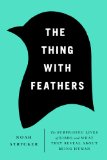 The Thing with Feathers: The Surprising Lives of Birds and What They Reveal About Being Human
The Thing with Feathers: The Surprising Lives of Birds and What They Reveal About Being Human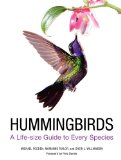 Hummingbirds: A Life-Size Guide to Every Species
Hummingbirds: A Life-Size Guide to Every Species




